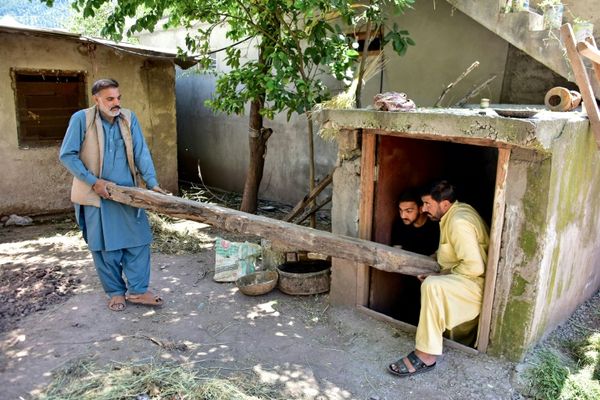
The head of the International Atomic Energy Agency (IAEA) is currently in Ukraine to address safety concerns at the Zaporizhzhia Nuclear Power Plant, the largest in Europe. This visit comes in the wake of recent attacks near the plant, raising fears of a potential nuclear accident.
The Zaporizhzhia plant, which is now under Russian control following the 2022 invasion, experienced artillery shelling that damaged its power access infrastructure. The operator, Energoatom, attributed the attacks to Russia, stating that one of the external power lines was damaged, posing a risk of an emergency situation if the second line is also affected.
While analysts warn of the potential for radiation release and panic in the event of an explosion at the plant, they note that the overall radiation risk beyond the immediate area would be relatively low compared to the Chernobyl disaster of 1986. However, concerns remain about the impact of radiation if winds push it towards Russia.




The IAEA has highlighted ongoing attacks in the Zaporizhzhia region and damage to Ukraine's power grid as threats to the country's nuclear power supply. Recent drone threats in the area forced IAEA staff at the plant to seek shelter indoors.
Aside from Zaporizhzhia, Ukraine operates three other active nuclear plants. The IAEA director-general is leading a team of experts and officials in discussions with Ukrainian officials to address the safety and security of the nuclear facilities.
In a tragic incident, a Russian airstrike targeted a hotel in Zaporizhzhia, resulting in casualties, including the death of an 8-year-old boy and a woman. Another child is in intensive care due to injuries sustained in the attack.
As the situation in Ukraine continues to evolve, the IAEA and other international bodies are closely monitoring developments to ensure the safety of nuclear facilities and prevent any potential disasters.
For more updates on the Russia-Ukraine war, visit AP's coverage.







